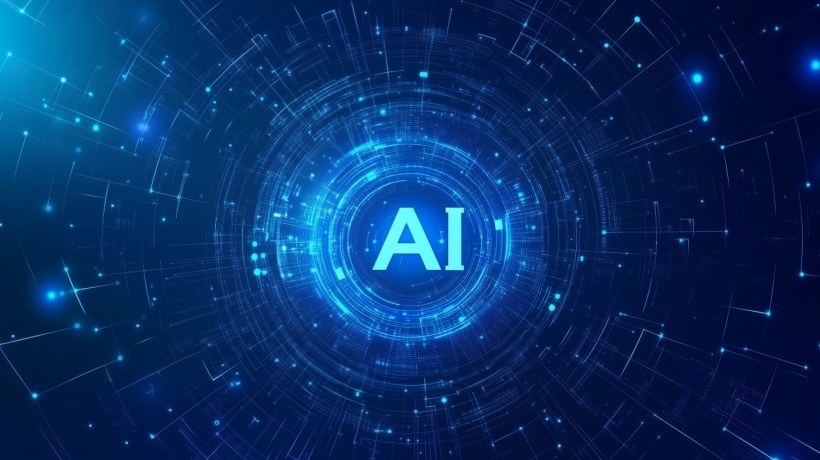9 Intriguing Learning Paths For 2025
The new and unusual learning pathways emerging in 2025 go beyond academic achievement. They're about unexpected skills, creative thinking, and adaptive abilities. Fueled by advanced technologies, these learning paths tap into such fields as:
- Artificial Intelligence (AI)
- Augmented Reality (AR)
- Biotechnology
- Environmental engineering
- Eco-friendly innovations
This article aims to prepare students for careers that didn't exist just a few years ago. At the heart of these learning paths is engagement with technology in practical, ethical, and forward-thinking ways. Here are nine of the most unique learning paths shaping the future in 2025.
Learning Paths For 2025 Utilizing Modern Technology
1. Generative AI In Creative Fields
Generative AI changes fashion, design, and marketing by automating and enhancing the creative process. This path teaches students to use tools to:
- Generate original designs.
- Predict trends.
- Create personalized content.
In fashion, for example, AI crafts unique patterns and even entire collections based on preferences. It also allows fashion customers to take advantage of such tech as virtual try-ons with the help of Augmented Reality. In design and marketing, it enables the rapid creation of artwork, logos, and tailored messaging. Generative AI brings new levels of efficiency and personalization into these processes.
- Why it's unique
This path allows creatives to push design boundaries in fast-evolving, visual industries.
2. Space Farming And Interplanetary Agriculture
Space exploration efforts are ramping up. Hence, the need for food production in extreme environments is growing. Space farming teaches techniques to grow crops in non-earth environments, like the moon or Mars. Students in this path study:
- Controlled environment agriculture.
- Hydroponics.
- Plant biology.
All of these are tailored to low-gravity settings. It has real-world implications for sustainability on earth and beyond. The interplanetary agriculture field combines biology, technology, and resilience.
- Why it's unique
It's a blend of science fiction and real-life possibilities. Learners get prepared to nourish future space settlers while innovating earth's farming methods.
3. Mindful AI Training
AI systems proliferate. That's why mindful AI training takes a different approach. It focuses on building empathy, ethics, and human-centered AI solutions. Courses delve into the emotional and ethical aspects of Machine Learning. They teach students to recognize bias in data and implement AI that respects human values. Mindful AI is emerging as critical in fields where AI interacts closely with humans, like healthcare, education, and mental health.
- Why it's unique
Mindful AI is not just technical. It's ethically driven. It's training people to use AI responsibly for future tech-human interactions.
4. Eco-Hacking And Environmental Restoration
Eco-hacking is about restoring ecosystems and combating climate change with tech. This learning path covers topics like:
- Rewilding
- Sustainable energy tech
- Habitat reconstruction
Students learn how to intervene with nature's resilience in mind. They're exploring ways to restore ecosystems and enhance biodiversity with science, engineering, and environmental ethics.
- Why it's unique
It combines hands-on nature work with high-tech solutions. The field is giving learners an unusual but rewarding mix of biology, technology, and sustainability.
5. Metaverse Real Estate Development
Digital real estate is now an industry of its own in the virtual world. This learning path teaches students how to create, manage, and sell virtual spaces within the metaverse. From virtual architecture to understanding digital asset management, metaverse real estate developers learn design and business skills unique to virtual economies.
- Why it's unique
Digital real estate pushes boundaries on traditional real estate principles. It's bringing together technology, creativity, and entrepreneurial spirit in virtual environments.
6. Digital Well-Being And Cyberpsychology
Digital well-being and cyber psychology seek to address mental health in online environments. This path examines how internet use affects emotional health. It's teaching methods to foster a healthy relationship with technology. With cyberbullying, social media addiction, and digital anxiety on the rise, students are trained in both psychology and technology. Thus, they're prepared for careers in counseling, digital education, and wellness coaching.
- Why it's unique
It's an intersection of tech and psychology that focuses on the human side of digital transformation. The path is invaluable in today's hyper-connected world.
7. Augmented Reality Storytelling
Augmented Reality storytelling includes designing immersive stories that engage audiences through digital overlays on the real world. Students learn the creative side of story structure and the technical aspects of AR. They get prepared for roles in entertainment, advertising, and education. In these fields, immersive experiences are increasingly in demand.
- Why it's unique
It's storytelling but with a tech twist, merging the physical and digital worlds to engage audiences in entirely new ways.
8. Micro-Credentialing And Skills Stacking
Micro-credentialing and skills stacking represent a new way to approach learning. There, students accumulate small, specific certifications that showcase expertise in niche areas. This path allows learners to create a unique skillset for their career goals. It covers diverse subjects from digital marketing to cybersecurity. Instead of following a set curriculum, students design their own learning pathway based on personal and career interests.
- Why it's unique
Unlike traditional education, it's highly customizable, practical, and quickly adaptable to changing job market demands.
9. Biomimicry Design Engineering
Biomimicry is the practice of imitating nature's designs to solve human challenges. Biomimicry design engineering teaches students how to apply this concept to product design, architecture, and engineering. By studying patterns in nature, students develop solutions for:
- Sustainable products.
- Energy-efficient structures.
- Innovative technology.
Biomimicry offers the unique ability to create by observing nature.
- Why it's unique
It's a design path that takes advantage of the intelligence of nature. It merges biology with innovation for sustainable solutions.
The Future Of Learning Is Here
These unconventional learning paths are integrating technology, ethics, environmental responsibility, and personalization. In 2025, skills are about more than mastering a field. They're about adapting, innovating, and thinking ahead. Each of these paths encourages learners to think beyond traditional boundaries. They learn how to tackle challenges that didn't even exist a decade ago. If you're considering a career shift or just love learning new things, these paths might just inspire you to go beyond the ordinary.









